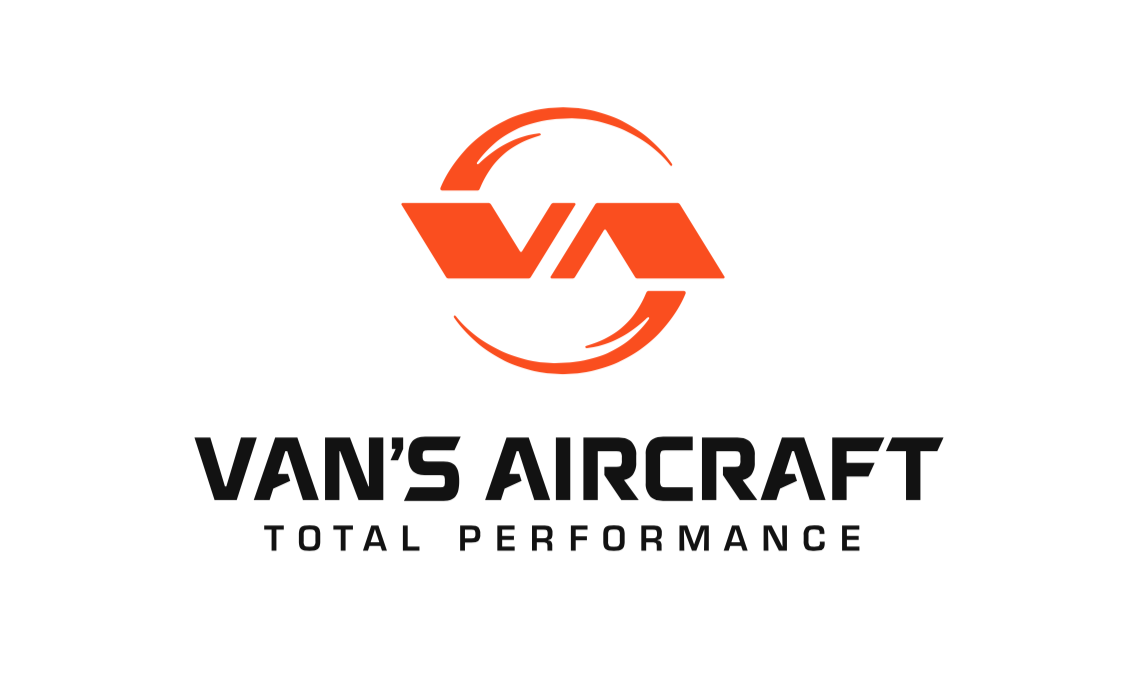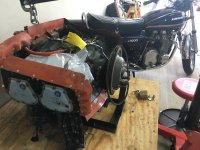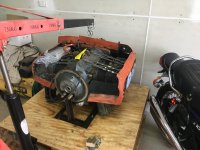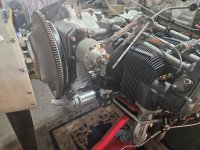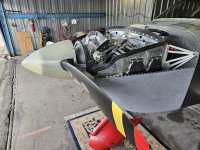cgarts1
Well Known Member
I have heard many times "the only engine for the -14 is the 390". Yet the -14 dragger prototype at Vans has the 360 in it and performs very similar to the 390.
I flew my -14 with the parallel valve 360 for 170 hours and it performed quite well albeit leaving me only 60 lbs of baggage. This set up got me flying and I have no regrets.
Now I'm running the 360 angle valve with a FP Sensinich standard pitch prop and it flies very nice. Excellent climb out and a respectable cruise. When I can afford a better prop I'll get one.
The reason I'm making this point is that I think many have strayed from building this airplane because they can't afford or are unwilling to pay nearly a 100k for an engine/prop combo. Also why I started the "Budget Engine Build" thread.
Did Vans design the -14 with the 390 in mind? It seems so. Is it a quite capable aircraft with the 360? Absolutely and the angle valve 360 is an excellent choice. Similar to other RV's running a 320 in lieu of the 360.
So don't let anyone tell you that you can't or shouldn't use the 360 for your -14 build. Or use a FP prop.
I started my -14 build in 2019 and finished in late 2021. 0 hour engine, (2) 10" Dynon HDX, pitch and roll AP, and a nice interior from Flightline for 105k.
So if the -14 is your dream airplane but you thought it was out of reach I hope this helps.
I flew my -14 with the parallel valve 360 for 170 hours and it performed quite well albeit leaving me only 60 lbs of baggage. This set up got me flying and I have no regrets.
Now I'm running the 360 angle valve with a FP Sensinich standard pitch prop and it flies very nice. Excellent climb out and a respectable cruise. When I can afford a better prop I'll get one.
The reason I'm making this point is that I think many have strayed from building this airplane because they can't afford or are unwilling to pay nearly a 100k for an engine/prop combo. Also why I started the "Budget Engine Build" thread.
Did Vans design the -14 with the 390 in mind? It seems so. Is it a quite capable aircraft with the 360? Absolutely and the angle valve 360 is an excellent choice. Similar to other RV's running a 320 in lieu of the 360.
So don't let anyone tell you that you can't or shouldn't use the 360 for your -14 build. Or use a FP prop.
I started my -14 build in 2019 and finished in late 2021. 0 hour engine, (2) 10" Dynon HDX, pitch and roll AP, and a nice interior from Flightline for 105k.
So if the -14 is your dream airplane but you thought it was out of reach I hope this helps.



